Gabion walls are retaining walls built by stacking stone in a gabion cage or gabion basket that can serve many purposes but are most often used to create tiered or leveled ground in gardens.
They are rectangular baskets of metallic lattice filled with stones and their origin dates back to war times when they were erected to protect against artillery fire. Since then, they have been employed to contain soil when leveling a building site, or as erosion control along waterfronts, and often as an acoustic screen for sound reduction along highways; not as attractive as a coniferous barrier but certainly faster.
While it’s hard to predict the future, modern architect-designed homes and zero carbon homes often introduce industrial looks to the interior and exterior aesthetics of homes and commercial buildings, and many are already using gabion walls for structures and even aesthetic accents now. So this may increasingly become a popular building trend as it's certainly easier than trying to build a dry stone wall for most people.
They are also more frequently being seen installed in urban areas and parks as partition walls or even as outdoor furniture. They can also be covered with dirt and used to introduce plants. Of course, over time, nature will supply many varieties to fill the structure if you don’t get in first.
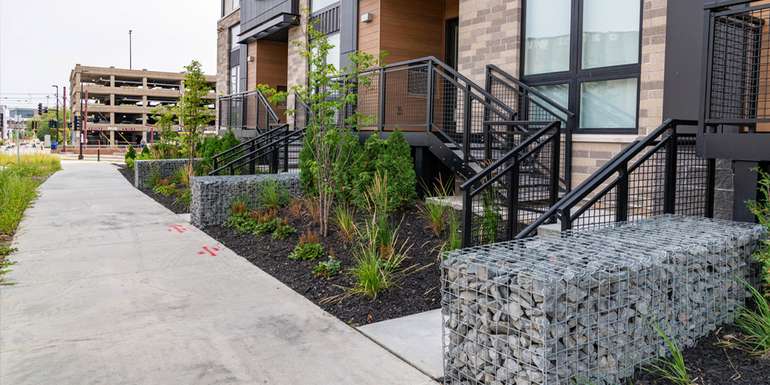
Gabion walls in modern architect-designed homes
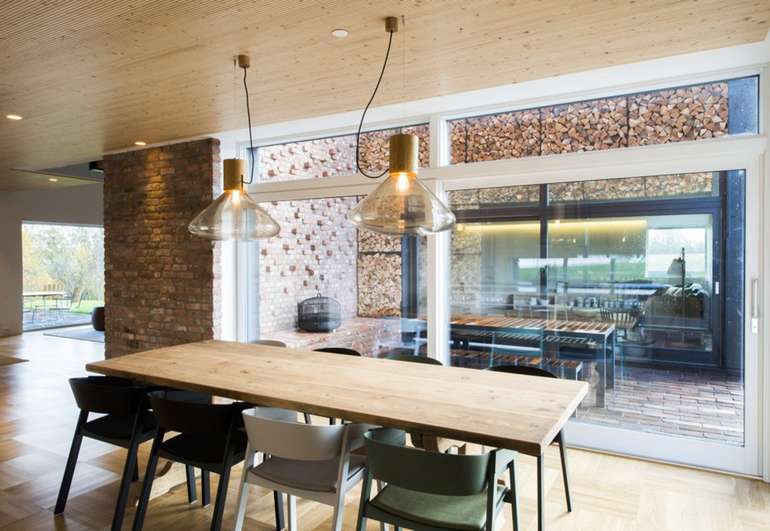
The ZEB Pilot house in Norway is a good example incorporating gabion stone cages in home design where they are used to build both interior and exterior walls. This single-family, demonstration house is the result of a collaboration between the architectural and design firm Snohetta and Scandinavia's largest research institute SINTEF, in partnership with Brødrene Dahl et Optimera.
This house was designed and built with reduced carbon concrete and minimal plastic, and it achieves a neutral carbon footprint while offering an extraordinary visual. However, we're not 100% sure how air infiltration is controlled through the gabion cage walls, so we will run with the assumption that the architects have included an air barrier component to the wall system.
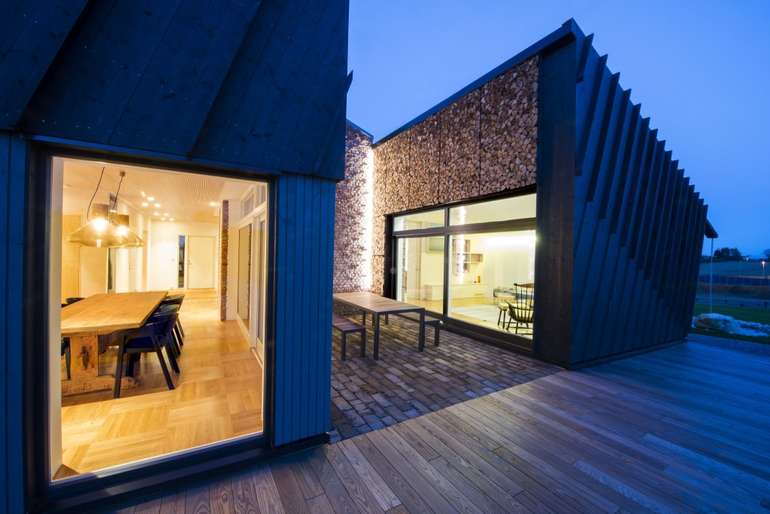
More about gabion walls:
- Gabion walls are suitable for all types of terrain;
- They do not require any special maintenance;
- Offer good acoustic performance (for use as a soundproofing wall, it is best to use porous stones);
- Built walls are flexible (they can shift without breaking or cracking; excellent for earthquake areas);
- Quick to install;
- Do not require masonry;
- The cavities will have voids of 25 to 35% that can be filled with soil to encourage plant growth and act as a berm for flood protection;
- Their appearance can vary depending on the color and consistency of the stones chosen.
How much do gabion walls cost?
The nice surprise for gabion walls is how affordable they can be. While a dry stacked stone wall aesthetic adds to the cost of putting up a gabion wall rather than randomly pouring stone in with a mini excavator, it's still considerably more affordable than concrete or rammed earth walls.
| GABION WALL (LOOSE) |
COST($) |
DRY STONE WALL |
COST($) |
CONCRETE WALL |
COST($) |
|---|---|---|---|---|---|
| H = 3 Ft | 100 | H = 3 Ft | 140 | H = 3 Ft | 1 150 |
| H = 10 Ft | 725 | H = 10 Ft | 1 315 | H = 10 Ft | 3 250 |
| H = 16 Ft | 1 900 | H = 16 Ft | 3 530 | H = 16 Ft | 4 560 |
Cost comparison of Gabion Walls to Concrete in USD
Carbon footprint of gabion walls
Gabion walls really do have a significantly lower carbon footprint than a concrete wall. Taking into account the embodied energy for the carbon footprint of a 10 foot high wall through all stages of it's life (manufacturing, transport, construction and maintenance) - here are the comparative figures between 3 wall types:
| WALL TYPES | UBP | MJeq | Kg of CO2 emission |
|---|---|---|---|
| Gabion | 727 545 | 4 703 | 243 |
| Dry Stone Wall | 623 568 | 4 090 | 210 |
| Concrete | 1 777 335 | 9 491 | 757 |
Gabion walls have been shown to have about a third of the carbon footprint of a concrete wall. Although, once they achieve a height of about 16 feet, they begin to lose their advantage because of measures that would need to be taken to ensure stability, which makes it a more complicated construction process. For a free tool to calculate the carbon footprint in building materials see here.
How to build a gabion wall
The principle is quite simple: stones are dropped into welded mesh cages supported by galvanized aluminum alloy or steel metal rods) that are embedded in the ground. Done!
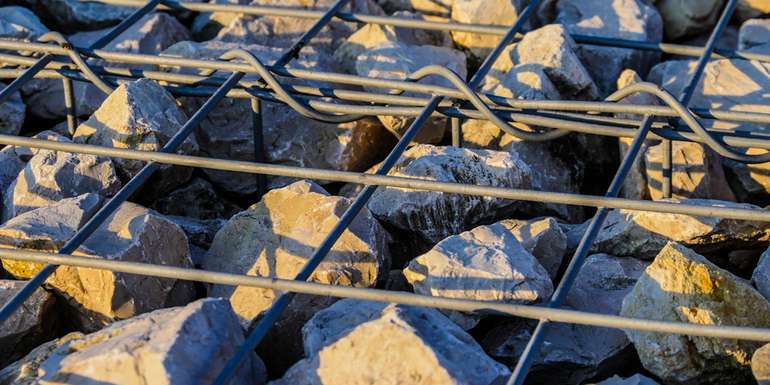
The filling can be of all shapes and colors of granite or other stones. An important point to make when building a gabion wall in a cold climate – be sure to use non-porous stones that don’t absorb water and then freeze and crack in the winter.
The size of the stones can vary quite a bit from small to large, but the typical diameter you can expect to see is between 4 and 8 inches. From a design point of view, it is worth noting that gabions are not limited to stone. Some are made with other materials such as oyster shells, wood, bark or recycled glass.
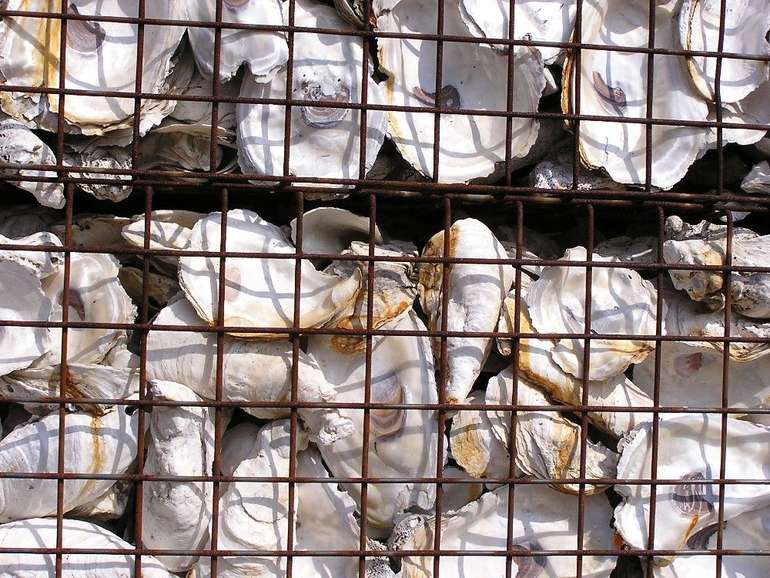
As for the steel used in the baskets, it must be galvanized or stainless steel to ensure a long life, especially if the wall will be subject to salt spray such as those built close to the ocean or on the sides of roads in cold areas where roads are salted in winter. We would also recommend raw metal rather than the ones covered with PVC, as there is already more than enough vinyl building products in the world.
Measure thoroughly before erecting your retaining wall, because you will need to take into account various parameters such as the characteristics of the filling materials, the density and percentage of the voids of the materials, plus the resistance of the mesh, shape and varying size. The soil type and embankment of the location are also important considerations, as the weight of the gabion must overcome the push of the ground behind, as well as any foundations (depth and type).
A high water table might limit your options for a gabion wall too - unless outside and the water streaks and stains add to the aesthetic you're going for.
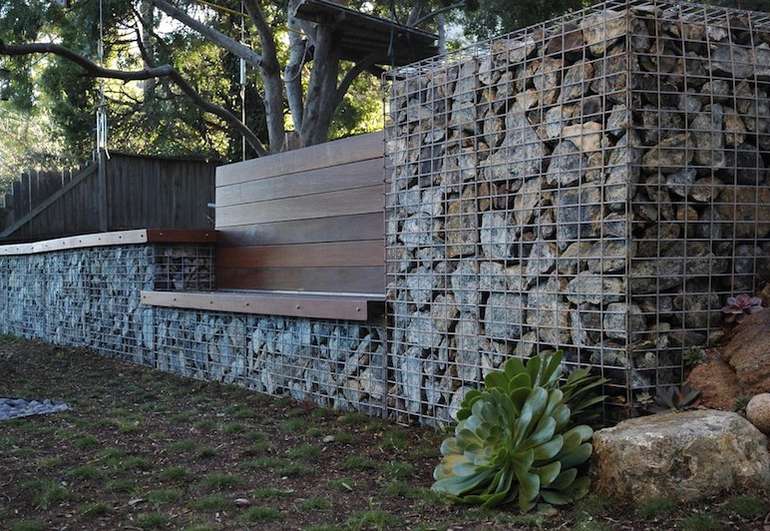
Gabion vs. concrete: carbon emissions
The gabion wall has many advantages both economically and ecologically. From an environmental aspect in terms of reducing the impact of the built environment on climate change, avoiding concrete is always a good thing. Unless you choose a carbon storage concrete option with a lowered carbon footprint as seen here.
In its report ‘Retaining Walls – an Environmental and Financial Comparison of Different Technologies’, a team specializing in civil engineering and environment based in Lyon, France, has produced a comparison between dry-stone gabion and concrete.
The conclusion was that the gabion wall wins hands down in a comparative match when considering both the climate impact of carbon emissions as well as the financial cost of construction.
Downsides of gabion walls:
Quite frankly, there aren’t a lot of disadvantages to gabion walls compared to concrete. The main one would be the height, in that they cannot be built as high as concrete. The second would really be aesthetics, and whether or not you like the appearance. The third thing, that we're going to continue to investigate for when using gabion cage walls for home building, is how to prevent air infiltration into and out of homes with gabion walls. But that really is about it. If there are more downsides to gabion walls that you have experienced, please let us know in the comments section below - as well as any other advantages, materials or uses you may have tried successfully. We've even found gabion cages or baskets online at reasonable cost here - add some locally sourced loose stone and gabion walls look like an interesting and alternative option to concrete for building walls, as well as their traditional gardening planter use.
Now you know more about low-carbon concrete alternatives for retaining walls and and how it can help reduce the carbon footprint of eco homes & sustainable construction projects.Find more pages about sustainable and resilient green building techniques here :
Find more about green home construction in the EcoHome Green Building Guide pages |















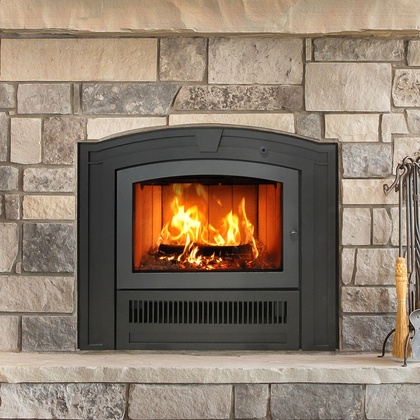

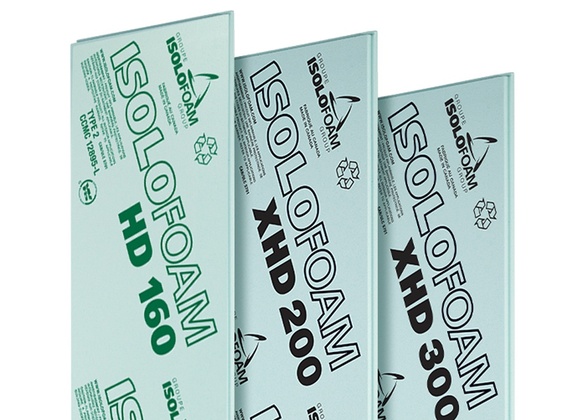
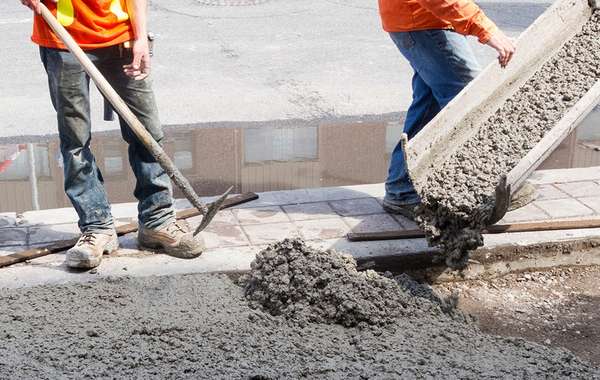
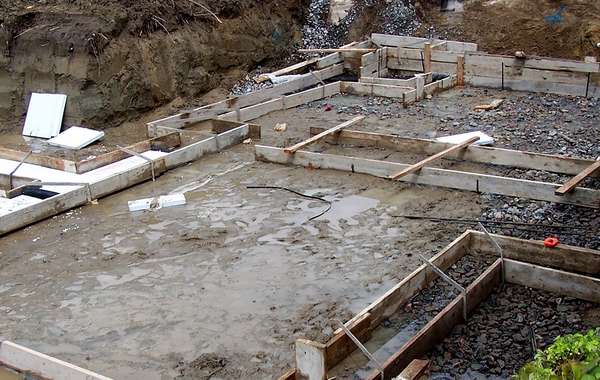
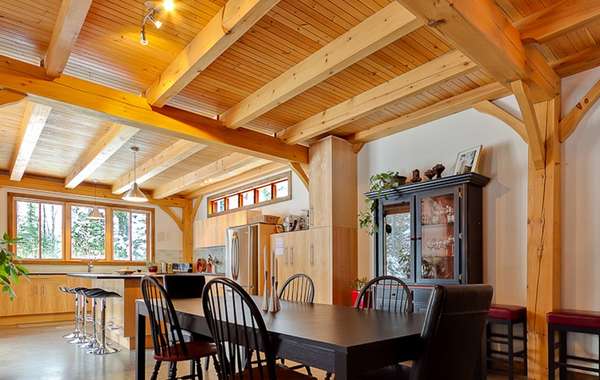
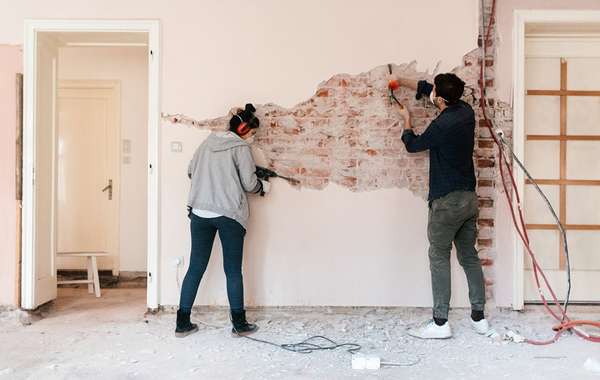
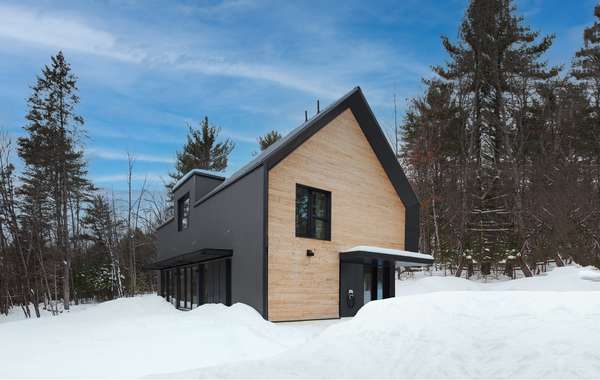
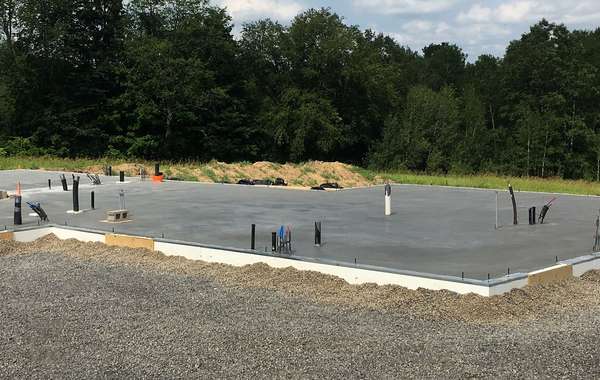
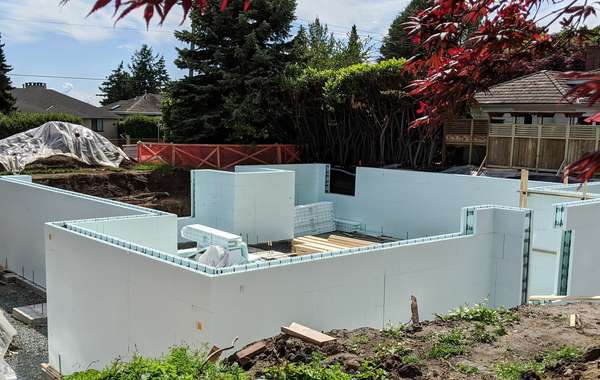
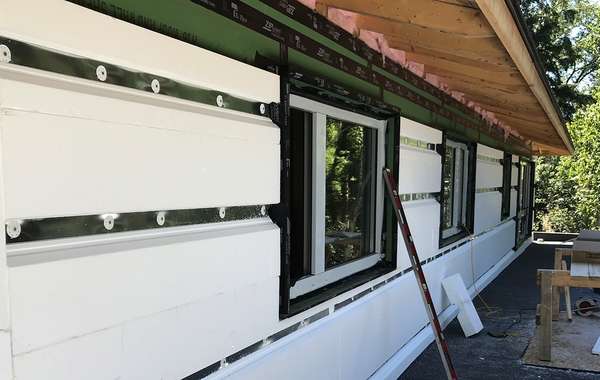
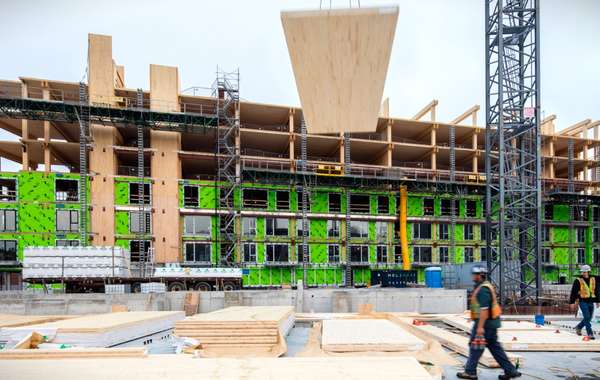
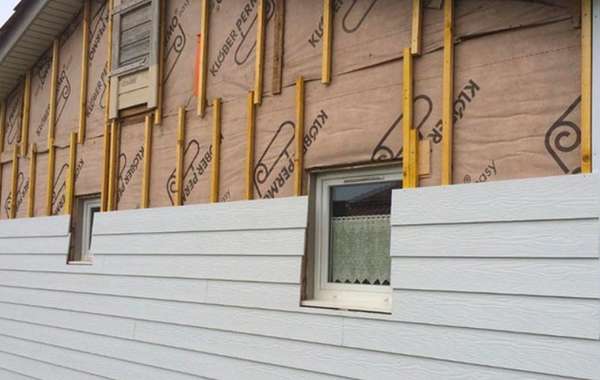
Hi Robert, I had the same exact question as Mr. Z. I did a search and found some information as well as this post. There is a gabion product called, "Dura-Guard" marine gabions that are for sea walls so they are designed to deal with heavy salt water and other extra beatings things near the ocean get. Here is a link: for these heavy duty gabion wall baskets Do you think that solves the problem you just mentioned? Thanks, Dan
Hello, I posted the same question in an email before seeing it had been posted here in comments. My thoughts have since wandered on to two fronts: 1) A system that allows gabions to be bolted togther, and 2) using a gabion massif together with screw piles. Everything would need to be galvanised or in a non-ferrous metal alloy. I would also use smaller stones to increase bulk density even if that meant using a stone crusher to process the local stone. I would also like an optinion on friability of the stone and hardness on a mohs scale.
Well I'm pleased to report that there are some experts in the site that can help with products and questions - so for Gabion Walls - heavy duty gabion baskets in galvanised resistant materials can be found here